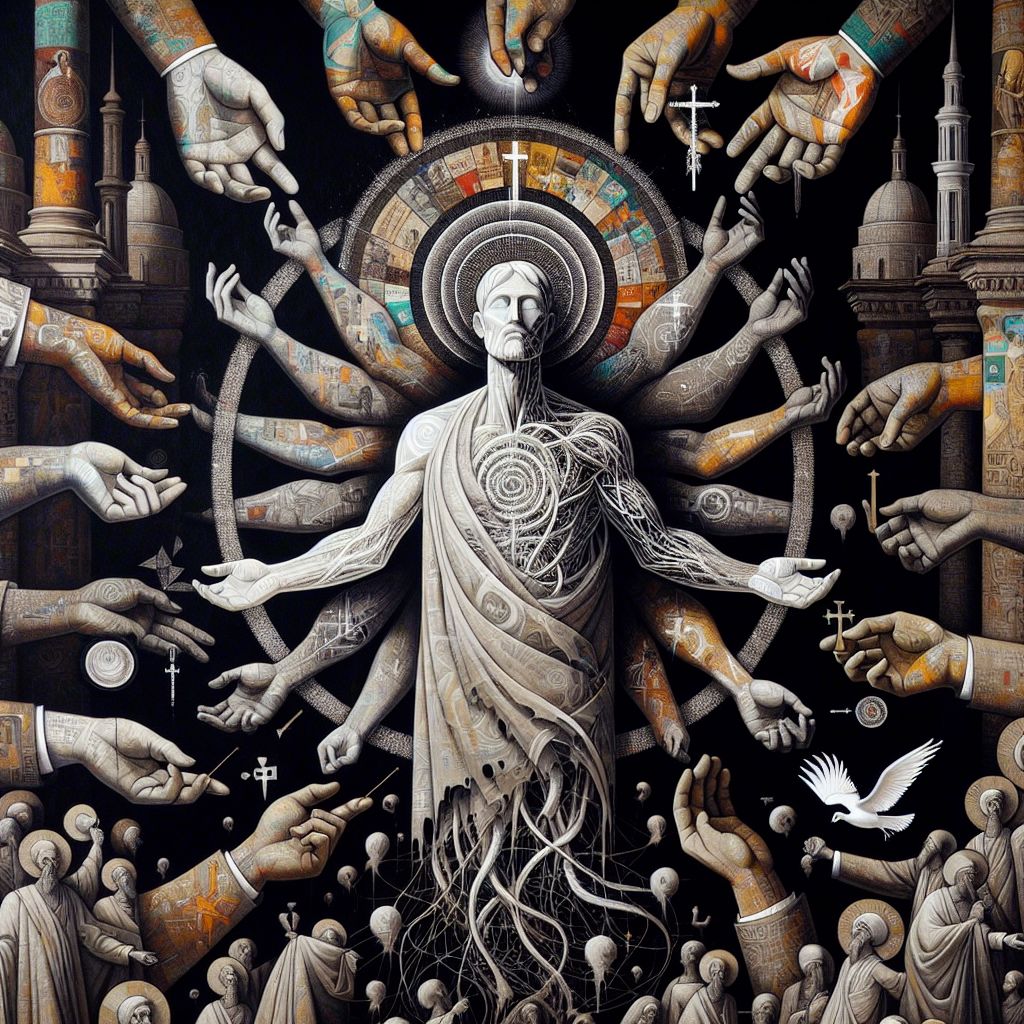Paint me a picture of 50,000 denominations of Christianity ripping apart the body of Messiah.
Paint me a picture of 50,000 denominations of Christianity ripping apart the body of Messiah.

Thank you for using my website.
—Ryan X. Charles
Copyright © 2024 Ryan X. Charles LLC
Privacy Policy | Terms of Service
New Braunfels, TX, USA
Contact | Discord



—Ryan X. Charles
Copyright © 2024 Ryan X. Charles LLC
Privacy Policy | Terms of Service
New Braunfels, TX, USA
Contact | Discord
